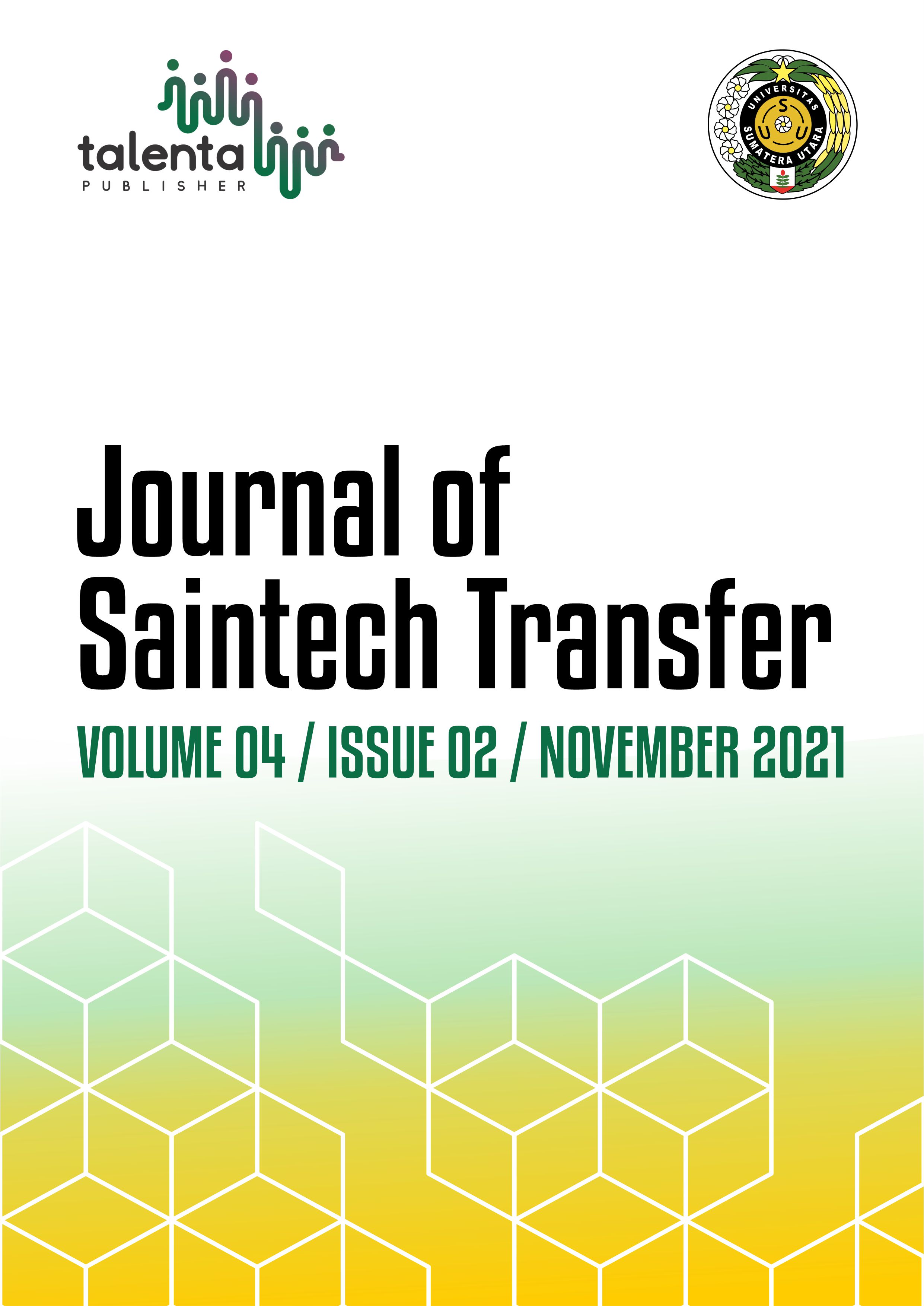Bioentrepreunership for orphanages by making kokedama and capillary system plant cultivation
DOI:
https://doi.org/10.32734/jst.v4i2.6932Keywords:
orphanage, kokedama, capillary system plant cultivationAbstract
Bumi Nusantara Medan Orphanage is an orphanage located in Medan Sunggal District, Medan City. The location of the orphanage is quite close to the location of shops, schools and residential areas, so it is very strategic to be developed into a place of business considering that access to markets and buyers is very close. The purpose of this community service is to increase the empowerment of the orphanage community through urban farming-based bioentrepreneurship by making kokedama and capillary system plant cultivation, so that it becomes a business opportunity that can improve the welfare of the orphanage. The implementation method that will be carried out to solve this problem is through introduction, training and manufacture of kokedama and capillary system plant cultivation accompanied by direct practice and mentoring, and business management training. The results of the service that have been achieved are training and assistance in making kokedama and capillary system cultivation, training and hands-on practice on how to make kokedama, training and direct practice, namely training and mentoring in making kokedama and capillary system cultivation.
Downloads
References
N.E. Saputra, H.B. Hernanda, F.N. Nurhuda, M. Ridwan, W. Ardhi, “Pelatihan bioentrepreneurship melalui pembuatan kokedama di panti asuhan anak luar biasa Asih Madiunâ€.[Bioentrepreneurship training through making kokedama at the Asih Madiun orphanage for extraordinary children]. Jurnal Pengabdian Kepada Masyarakat. vol. 2, pp. 101-104. 2019
D. Thomson. (2016, Januari 20). Kokedama – The Japanese String Gardens [Online].. Available: http://www.medium.com .
Amprin dan J. Suryanto,†Peningkatan produksi tanaman sawi (Brassica juncea L.) dengan aplikasi sistem irigasi kapilaritasâ€. [Increased production of mustard (Brassica juncea L.) with the application of a capillary irrigation system]. Jurnal AGRIFOR. vol. 15. pp. 55-60. 2019
Afrizal. (2012, Januari 20). Cara Bertanam Hidroponik Sistem Wick [Online]. [How to Grow Wick Hydroponics System]. Available: http://Cara Hidroponik. Blogspot. com/2012/06/ Cara Bertanam Hidroponik Sistem Wick. html.
Herliana, “Pemberian air sistem kapiler pada tanaman tomat (Solanum lycopersicum l.) varietas permata dengan berbagai panjang sumbu, volume air dan media tanamâ€. [Provision of capillary system water on tomato plants (Solanum lycopersicum l.) gem varieties with various axis lengths, water volume and growing media]. Skripsi.. Program Studi Teknik Pertanian Jurusan Teknologi Pertanian Fakultas Pertanian Universitas Sriwijaya, 2018.
W. Arini, “Tingkat daya kapilaritas jenis sumbu pada hidroponik sistem wick terhadap tanaman cabai merah (Capsicum annum L.)â€. [Axis type capillarity power level in wick
system hydroponics on red chili (Capsicum annum L.)]. Jurnal Perspektif Pendidikan. vol. 13. pp. 23-34. 2019
P. Harsono, B. Sumantri, and P. Prasetyo. “Penerapan program rumah pangan lestari di Komplek Perumahan BTN Bina Harapan dan Perumnas Unib Kota Bengkuluâ€. [Implementation of the sustainable food house program in the BTN Bina Harapan and Perumnas Unib Housing Complex, Bengkulu City]. Dharma Raflesia: Jurnal Ilmiah Pengembangan Dan Penerapan Ipteks. vol. 14. pp. 37-46. 2016.
Downloads
Published
How to Cite
Issue
Section
License
Copyright (c) 2022 Journal of Saintech Transfer

This work is licensed under a Creative Commons Attribution-ShareAlike 4.0 International License.















